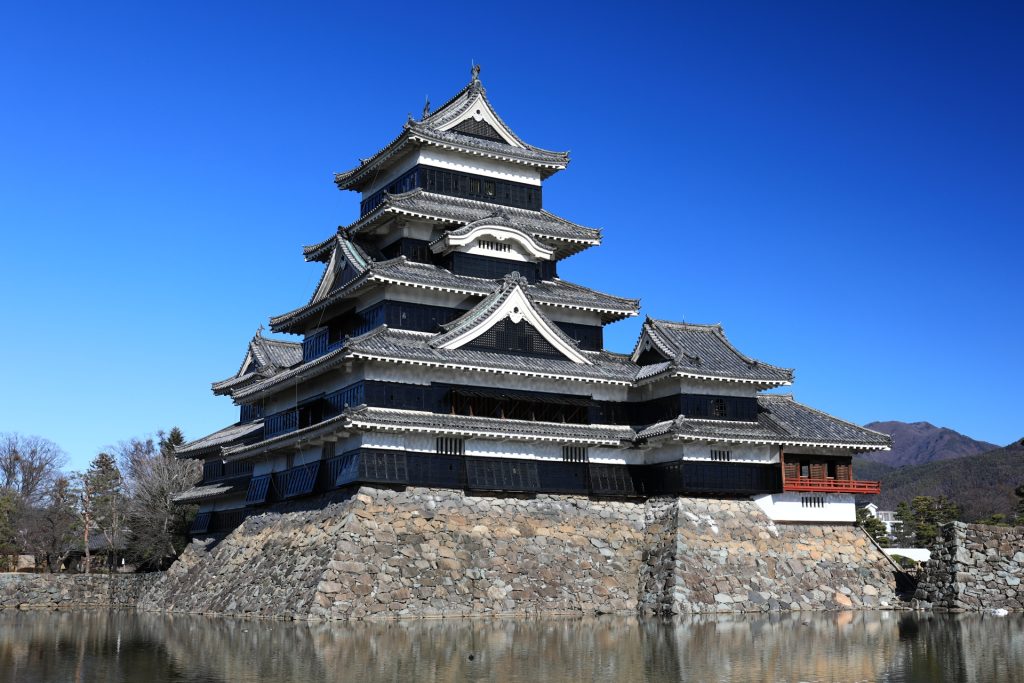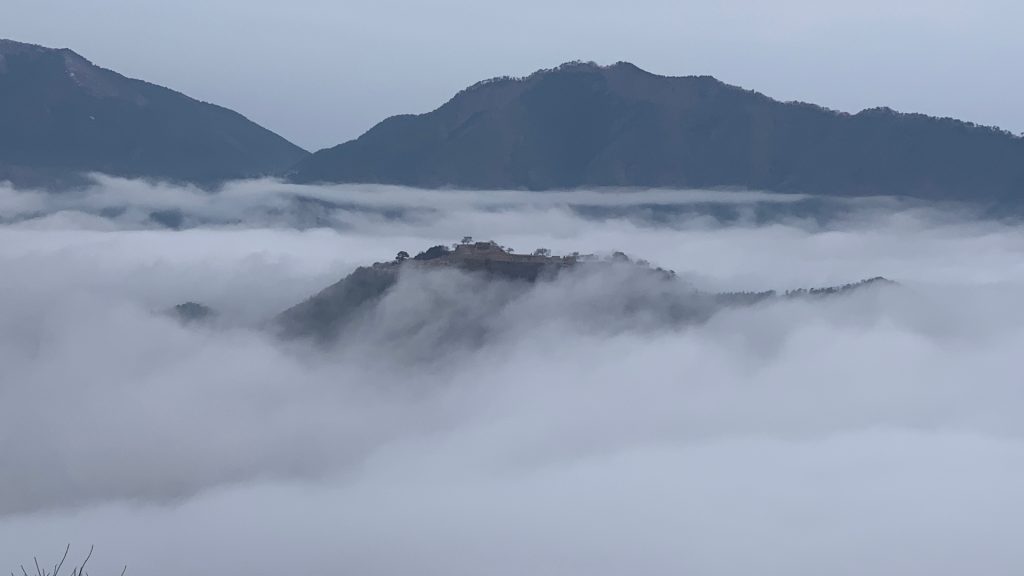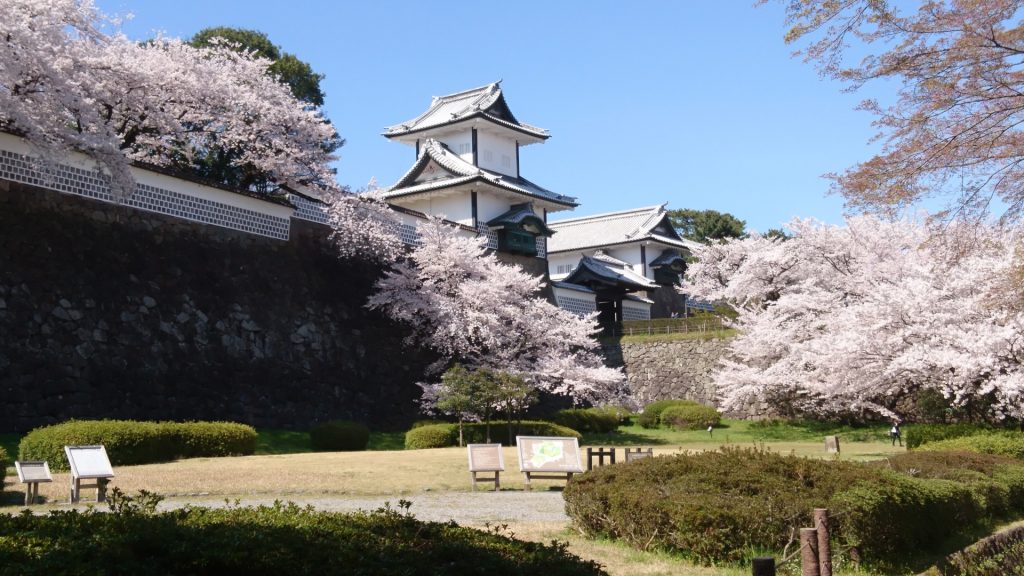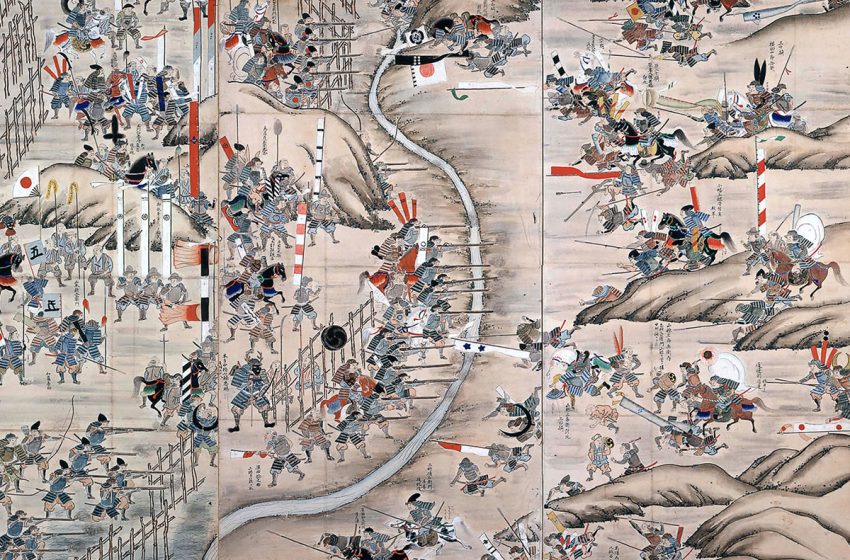
Exploring Japan’s Enigmatic Past: The Sengoku Period
Introduction
Japan is a land steeped in rich history, and one of its most intriguing and tumultuous periods is the Sengoku Period, also known as the Warring States Period. Spanning from the late 15th century to the late 16th century, the Sengoku Period was marked by intense warfare, political intrigue, and a profound transformation of Japanese society. For foreign visitors to Japan, delving into this period’s history can provide valuable insights into the country’s culture and heritage.
The Turbulent Times of the Sengoku Period
The Sengoku Period is a time of great significance in Japanese history, as it was a period of civil war and upheaval. It began with the Onin War (1467-1477), which shattered the authority of the Ashikaga shogunate and plunged Japan into chaos. During this time, warlords, or daimyo, vied for power, leading to the emergence of various warrior clans and factions.
Key Figures and Iconic Battles
- Oda Nobunaga: Often regarded as one of the most influential figures of the Sengoku Period, Oda Nobunaga was a brilliant military strategist who sought to unify Japan. His ruthless tactics and innovative use of firearms made him a formidable force. Visitors can explore his legacy at sites like Azuchi Castle in Shiga Prefecture.
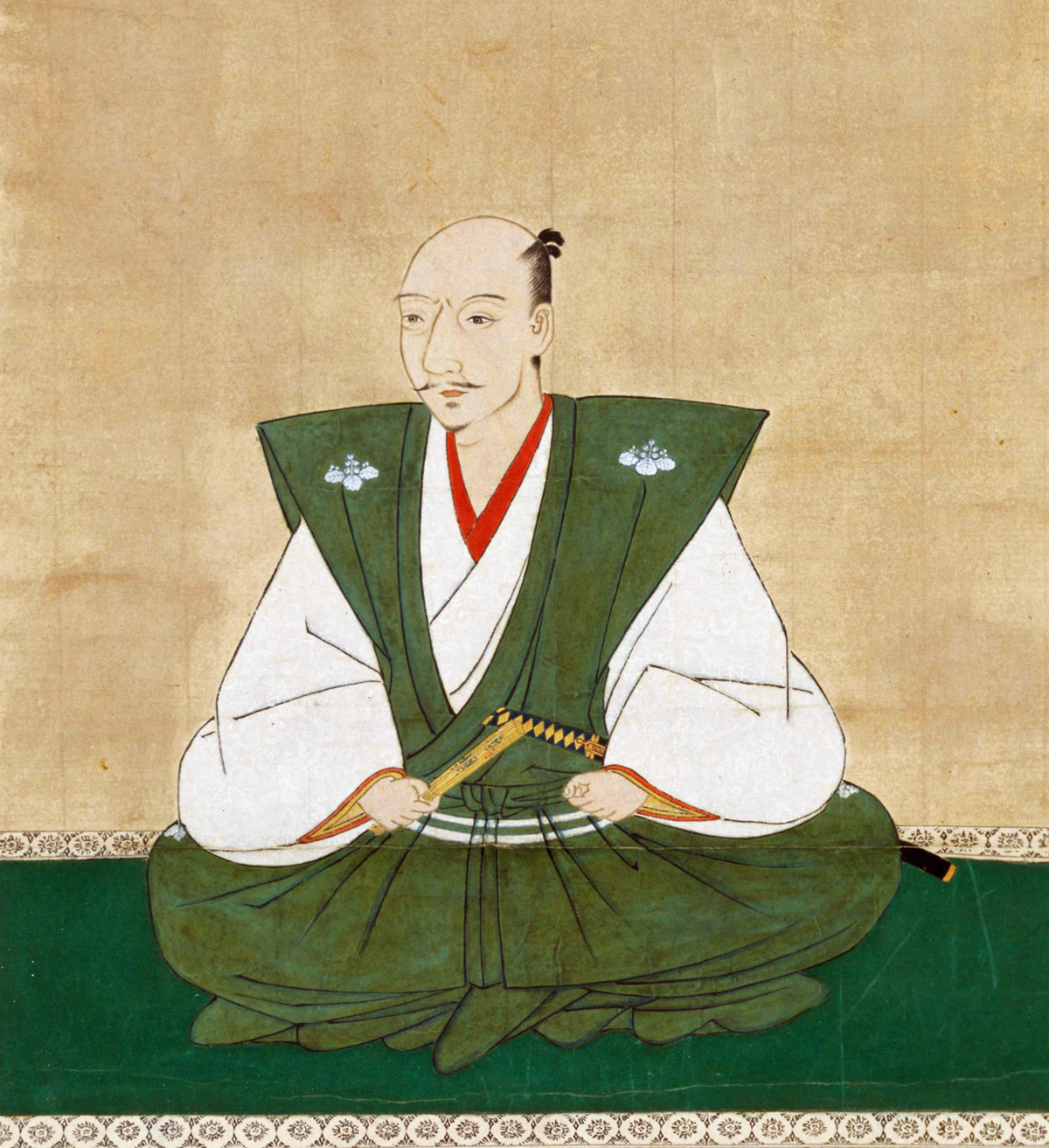
- Toyotomi Hideyoshi: A loyal retainer of Oda Nobunaga, Hideyoshi completed Nobunaga’s dream of a unified Japan. He is known for his remarkable achievements, such as the construction of Osaka Castle and the implementation of land surveys. Foreign visitors can learn about Hideyoshi’s life at Osaka Castle and Momoyama Castle in Kyoto.
- Tokugawa Ieyasu: The founder of the Tokugawa Shogunate, Ieyasu is a central figure in Japanese history. His victory at the Battle of Sekigahara in 1600 marked the beginning of a long era of peace. Travelers can visit Nikko Toshogu Shrine in Tochigi Prefecture to pay their respects to Tokugawa Ieyasu.
Exploring Sengoku Era Sites
- Nijo Castle (Kyoto): This UNESCO World Heritage site was built by Tokugawa Ieyasu’s ally, Tokugawa Iemitsu. The castle is renowned for its “nightingale floors,” which chirp like birds when walked upon, providing a unique historical experience.
- Nagoya Castle (Aichi): Originally constructed by Oda Nobunaga, this castle offers a glimpse into the architectural prowess of the period. The reconstructed Honmaru Palace is a particular highlight.
- Kanazawa (Ishikawa): Kanazawa was a thriving city during the Sengoku Period and retains much of its historical charm. Kenrokuen Garden and Nagamachi Samurai District are must-visit attractions for history enthusiasts.
- Gifu Castle (Gifu): Once the stronghold of the powerful warlord Oda Nobunaga, Gifu Castle offers panoramic views of the city and a glimpse into the strategic importance of such fortifications during the era.
Cultural Legacy
The Sengoku Period not only shaped Japan’s political landscape but also left a profound cultural legacy. Visitors can explore this heritage through traditional arts such as tea ceremony, ikebana (flower arranging), and martial arts like kendo and iaido, all of which have their roots in the warrior culture of this era.
Conclusion
The Sengoku Period remains a captivating chapter in Japan’s history, offering foreign visitors a unique opportunity to delve into the country’s rich heritage. By exploring the sites, legends, and culture of this era, travelers can gain a deeper understanding of Japan’s evolution and appreciate the enduring spirit of resilience and unity that defines the nation today. So, step back in time and embark on a historical journey through the intriguing and turbulent Sengoku Period of Japan.

